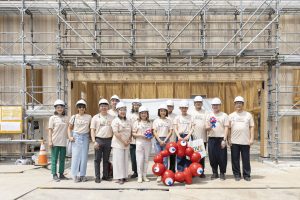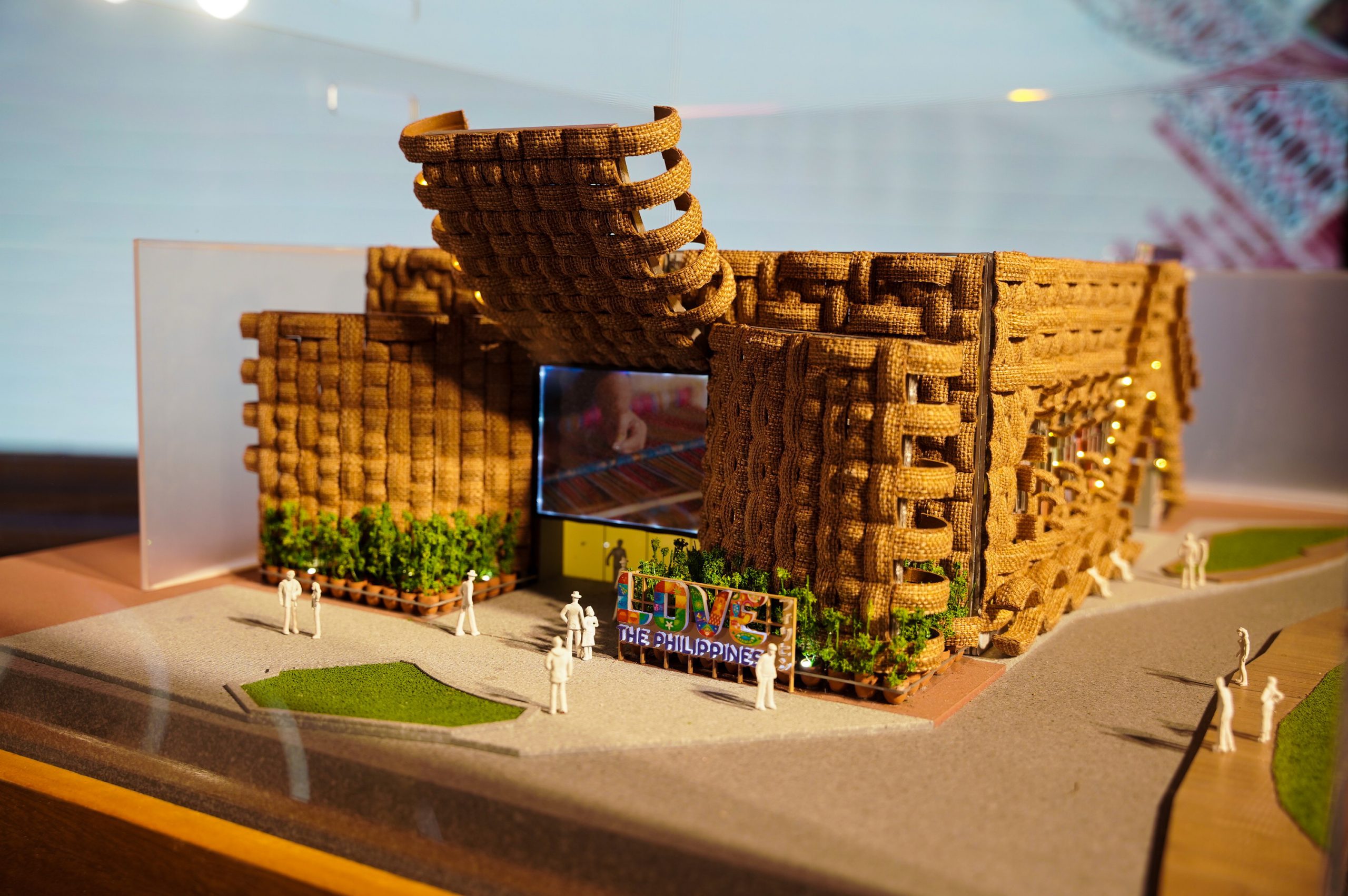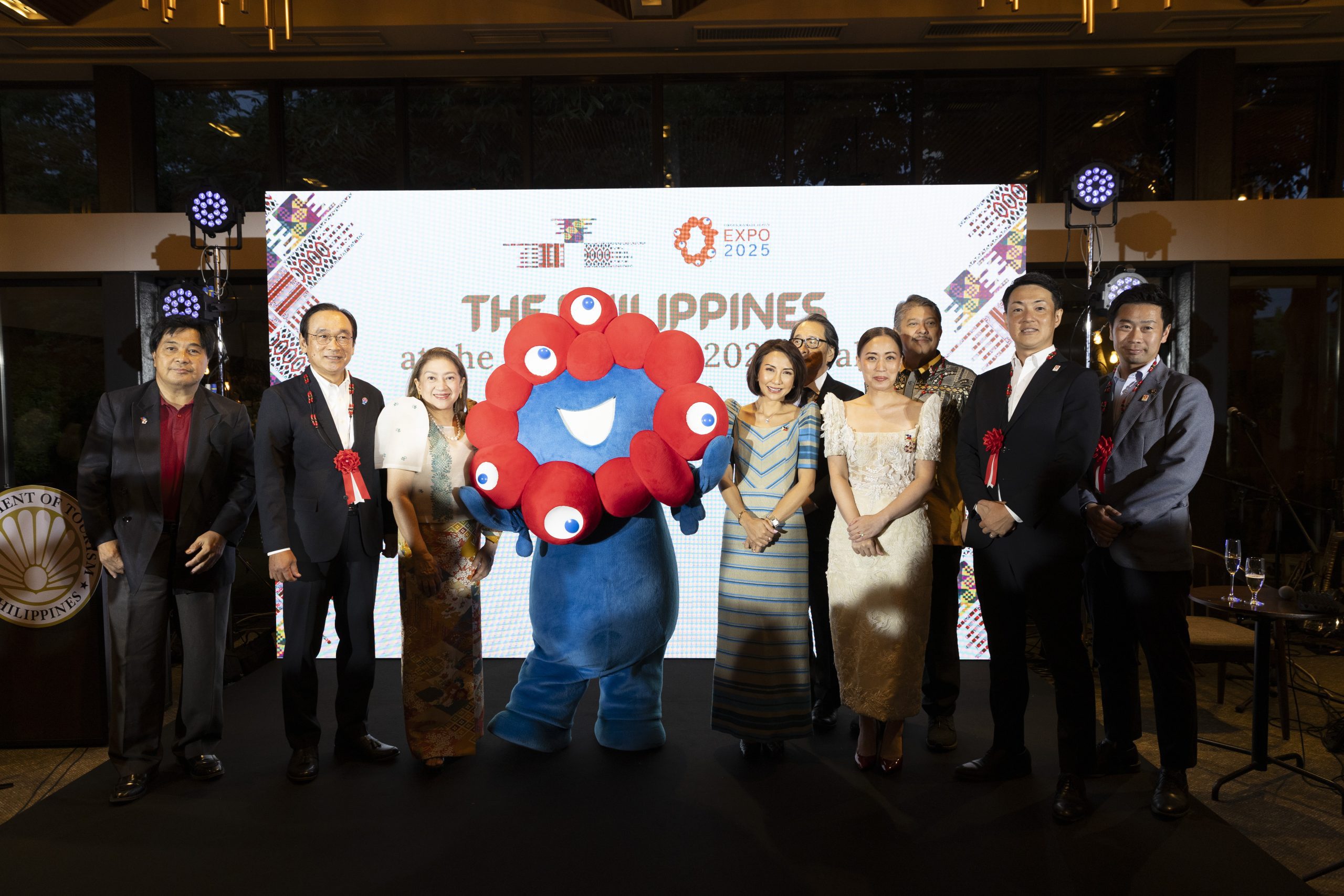The Upper Chico River is a lifeline for the Cordillera communities, providing water for agriculture and daily life. Its rapids and calm stretches make it a popular spot for white-water rafting and kayaking
Category: Uncategorized
This waterfall in Abra is a hidden gem with its extraordinary appearance. Kaparkan Falls is distinguished by multi-tiered spring pools that gently cascade down the forest
Famed for its “sea of clouds,” Mt. Pulag is the highest peak in Luzon. Trekking 2,900 meters up to its summit rewards travelers with its breathtaking views, especially at sunrise.
The Mayaoyao Rice Terraces is one of the five rice terrace clusters inscribed in the UNESCO World Heritage List as a Living Cultural Landscape. Visit this remarkable preservation of cultural tradition and witness the craftsmanship that has been in the region for 2000 years.
We were invited to the pavilion unveiling ceremony hosted by the Consulate General of the Republic of the Philippines, held in Osaka City on Wednesday, July 24, 2024.
The theme of the Republic of the Philippines pavilion is “Nature, Culture and Community: Weaving Together for a Better Future,” and it expresses diversity and human connections through traditional textiles.
The building’s exterior has a design inspired by rattan craftsmanship, and the exterior walls will display approximately 200 pieces of handwoven textiles from all over the Philippines. There will also be a stage for live traditional dance performances.
Construction of the building has already begun and is scheduled to be completed in March of next year. We can’t wait for the Osaka-Kansai Expo to begin!
Source: Sennan City Government
The Republic of the Philippines will exhibit a self-constructed “Type A” pavilion at the Osaka-Kansai Expo (184 days from April 13 to October 13, 2025). The details were announced this summer.
The theme is “Woven.” Using traditional Philippine textiles as a motif, the exhibition conveys the meaning of weaving a better future. The concept is “Nature, Culture, and Community: Women Together for a Better Future.” The Philippines is a multi-ethnic nation made up of approximately 7,000 islands. Many ethnic minorities have inherited diverse lifestyles and cultures, but their crafts are little known overseas
The facade design is handled by Carlo Calma, a young architect from the Philippines.
The design aims to emphasize the connection between people in a diverse society and harmony with nature. “It is also an expression of my theme, the fusion of art and architecture,” he said.
The façade is made of woven rattan produced in Cebu. The exterior walls will display 212 panels of hand-woven textiles from all over the Philippines, and there will also be a stage for live performances such as traditional dance. Inside the building, visitors can also experience a walk through the “Forest of Art,” which features textiles from 18 regions.
Philippine Government Representative Cristina Garcia Frasco said, “Our participation in the Expo will help us showcase the Philippines’ natural beauty, history, heritage and culture. The pavilion will give people plenty to fall in love with the Philippines.”
Source: Radio Kansai Topics
OSAKA – The Philippines has unveiled its plans for a collaborative, innovative, and sustainable pavilion at the 2025 World Exposition, set to take place on Yumeshima Island in Osaka from April 13 to Oct. 13 next year.
The Philippine Pavilion will feature the first-ever interactive live performance façade, showcasing traditional dance and crafts that embody the Filipino spirit of creativity and connection. To celebrate diversity, the façade will also display 212 handwoven textiles, marking the largest collaboration of weavers in a single project. Each piece presents a unique narrative, reflecting the rich heritage, traditions, and art of each community. The pavilion will also convey the story of sustainability, with plans for an upcycled “second life” at the National Museum in the Philippines after the Expo.
“All of these features were lovingly put together by our design team. We cannot wait for you to see the full glory of our pavilion very soon,” said Tourism Promotions Board (TPB) Chief Operating Officer Maria Margarita Montemayor Nograles at a press conference following the international press launch and concept presentation at The Garden Oriental Osaka on July 24.
Architect Carlo Calma, who leads the design team, echoed the sentiment of anticipation.
“I think the beauty of the woven is really these thousand of pieces of units of rattan that’s weaving and twisting and it’s kind of the labor of love of handicraft of the Philippines,” he said.
Tourism Secretary Christina Garcia Frasco, who also serves as Commissioner-General of the Philippine Organizing Committee (POC) for the Expo, emphasized the pavilion’s dual focus on economy and sustainability.
“The Philippine Pavilion seeks to be as economical as it is sustainable, recognizing that the Philippines and all nations must invest if it is to expect returns in terms of trade, investment, and tourism,” she said.
Frasco noted the pavilion’s potential to boost tourism.
“We expect that the presence of the Philippines at the Expo will further grow the visits of the Japanese to the Philippines, which was pegged at over 300,000 in 2023, and which we project to exceed half a million by 2025. That, of course, will translate to visitor receipts that will contribute hundreds of millions to our economy,” she added.
Philippine Ambassador to Japan Mylene Garcia-Albano praised the collaborative efforts between Japan and the Philippines.
“I think it was really the invitation of the Japanese government for us to participate and the hard work of our Department of Tourism and our Tourism Promotions Board that was able to make this happen. It’s been a while, a lot of talks have been going on, but there have been constant interactions, so through their [Frasco and Nograles] personal attention to this, we finally see the concept and the actual model of the pavilion,” she told the Filipino-Japanese Journal.
With the theme, “Nature, Culture & Community, Woven Together for a Better Future,” or simply “Woven,” visitors of the 600-square-meter pavilion can enjoy an immersive experience celebrating Filipino creativity, craftsmanship, and cultural heritage.
A topping out ceremony for the Philippine Pavilion was held on July 25. The building is scheduled to be completed by March 2025.
Source: Filipino-Japanese Journal

On Wednesday, July 24, the Philippines held a concept presentation for their pavilion in Osaka City, following the presentation held in the Philippines last week. The pavilion expresses the diversity of the Filipino people and their connections with each other, using traditional woven textiles. The exterior of the pavilion is designed to resemble rattan work. Over 200 hand-woven textiles are displayed on the exterior walls.
Source: Banpaku Kizuna Tsushin (Osaka Kansai Expo newsletter)

The Philippines, which will exhibit a “Type A” pavilion that it will design and build itself at the 2025 Osaka-Kansai Expo, held a presentation in Osaka to outline the exhibit.
The theme is “Woven.” Using traditional textiles as a motif, it conveys the meaning of weaving a better future.
The exterior design was done by Carlo Calma, a popular Filipino architect, who expressed the woven fabric look with materials that incorporate actual textiles.
There is also a stage on the exterior wall. Live performances such as dance are considered part of the building. Karma said, “It is also an expression of my theme, which is the fusion of art and architecture.”
Source: japan today.

On July 25, the Philippine government held a ceremony to raise the roof for the pavilion that will be exhibited at the Osaka Kansai Expo at Yumeshima, the site of the expo. A concept presentation was also held in Osaka on the 24th, where the outline of the pavilion was announced.
Source: Kentsu Shimbun